These are the moments that defined the console war that changed gaming.
Of course, this wasnt always the way.
There was a time when the world of video games housed a war that defined the extreme 90s.
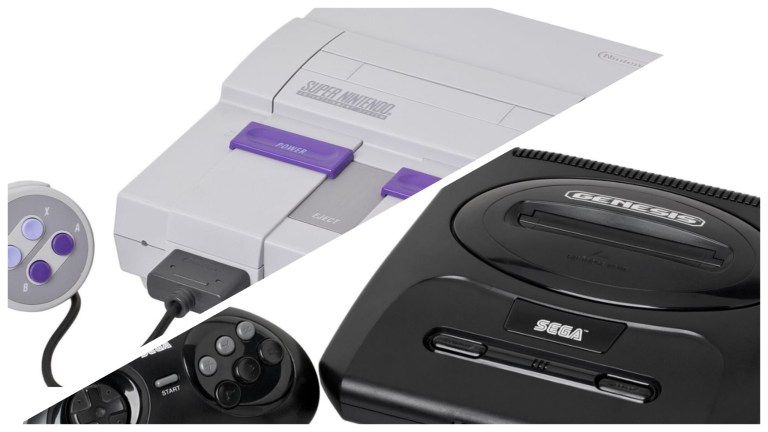
It was the best of times, it was the worst of times.
It was the age of plumbers, it was the age of hedgehogs.
It was the epoch of green sweat, it was the epoch of blood codes.
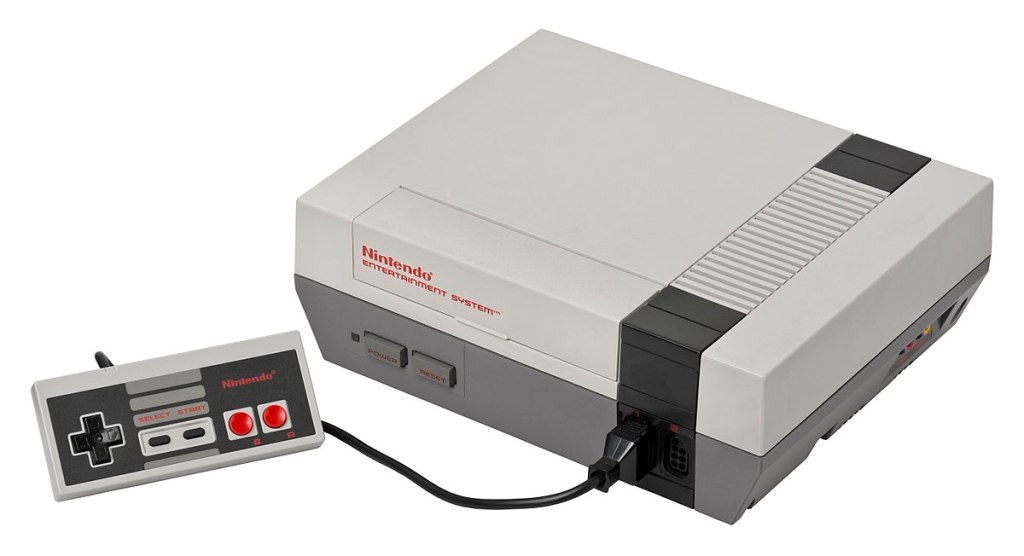
It was the spring of Nintendo, it was the winter of Nintendont.
Just different companies doing their thing and working for that sweet, sweet market share.
Whats important to remember is that the crash was largely localized to North America.
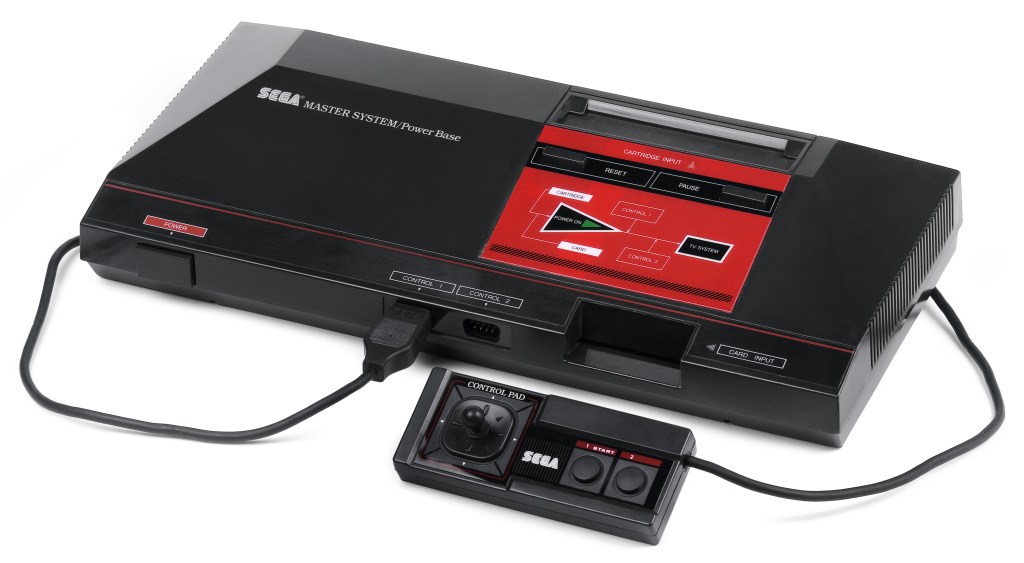
In fact, 1983 was a pretty big year for Japan in video games.
Nintendo released the Famicom while Sega released the SG-1000.
The cream rose to the top and Nintendos Famicom became the dominant hardware in Japan.

By the time the Nintendo Entertainment System hit the scene in 1985, there was nothing that compared.
To this audience, it was new, different, and way better.
Ataris attempts to save face all fell flat.

Instead, Sega upgraded it a couple of times over, giving us the Sega Mark III in 1985.
While this 8-bit console certainly looked better than the NES graphically, it simply did not stand a chance.
The Master System was at least doing slightly better than Ataris 7800.
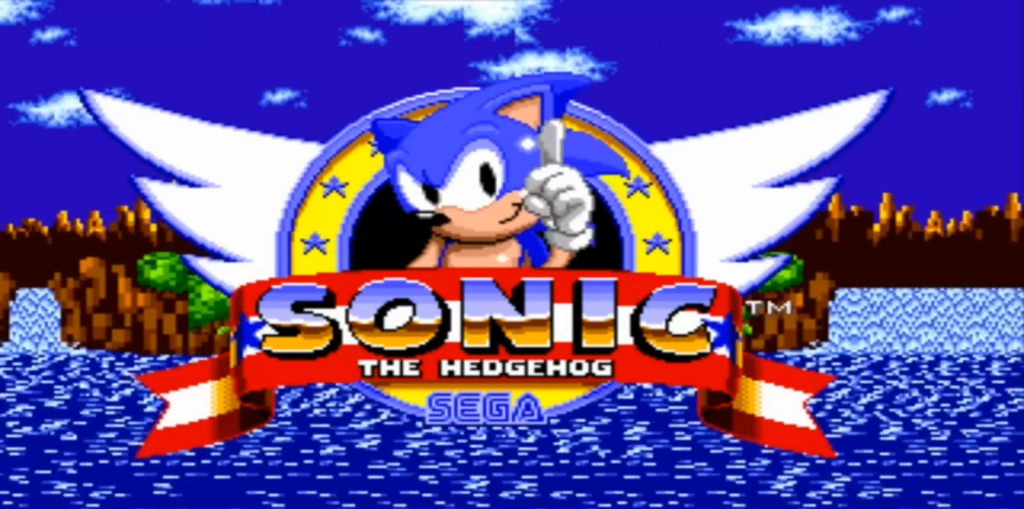
It was something, at least.
While a worthy console in its own right, it failed to find success.
Still, Sega understood that 16-bit was the way to go.

In 1989, it was released in North Americaas the Genesis.
By this point, Nintendo had already shown off the early technology for the Super Famicom/Super Nintendo Entertainment System.
This time, Sega would do far better and far more than NEC Home Electronics could ever dream.
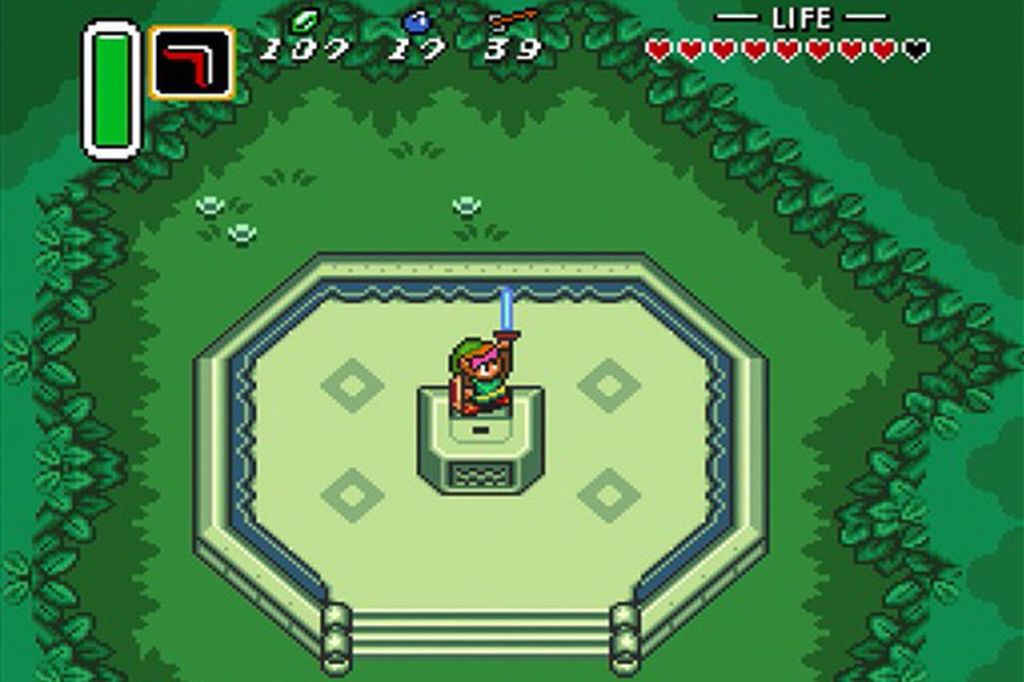
Seeing Stars with Michael Jacksons Moonwalker
Enhanced technology was not enough.
Genesis needed titles that could really get people talking.
An early strategy was going ham on celebrities.
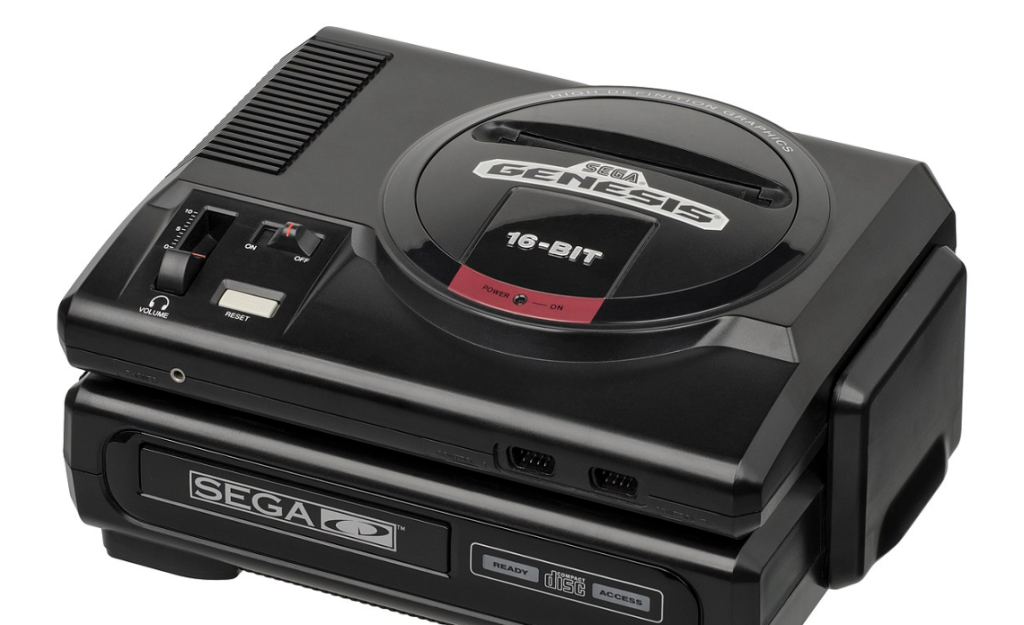
Our guy beat up their guy!
Enter: Sonic the Hedgehog
In 1991, the SNES was on its way to the US.
Segas head start had little to show for it.
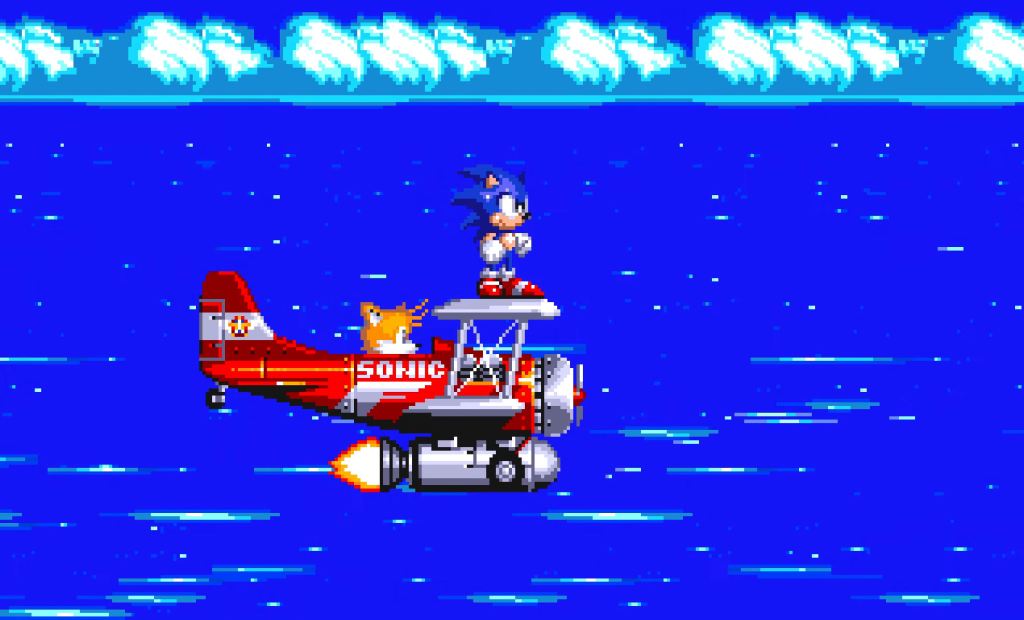
With only months to go, Sega needed to make a statement before it was too late.
That statement would be spearheaded by the star of their upcoming game, Sonic the Hedgehog.
Sonic was going to replaceAltered Beastas the pack-in title.
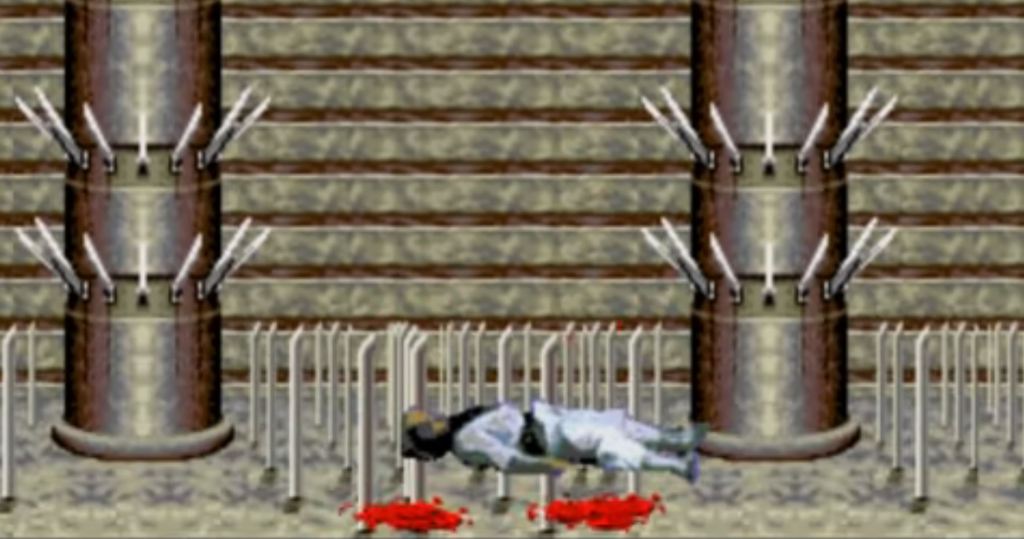
Sonic immediately became Segas mascot.
More importantly, he personified everything Nintendo lacked (from attitude to superior technology).
Mario was doing the peace gesture while Sonic was doing the Bruce Lee finger wag.
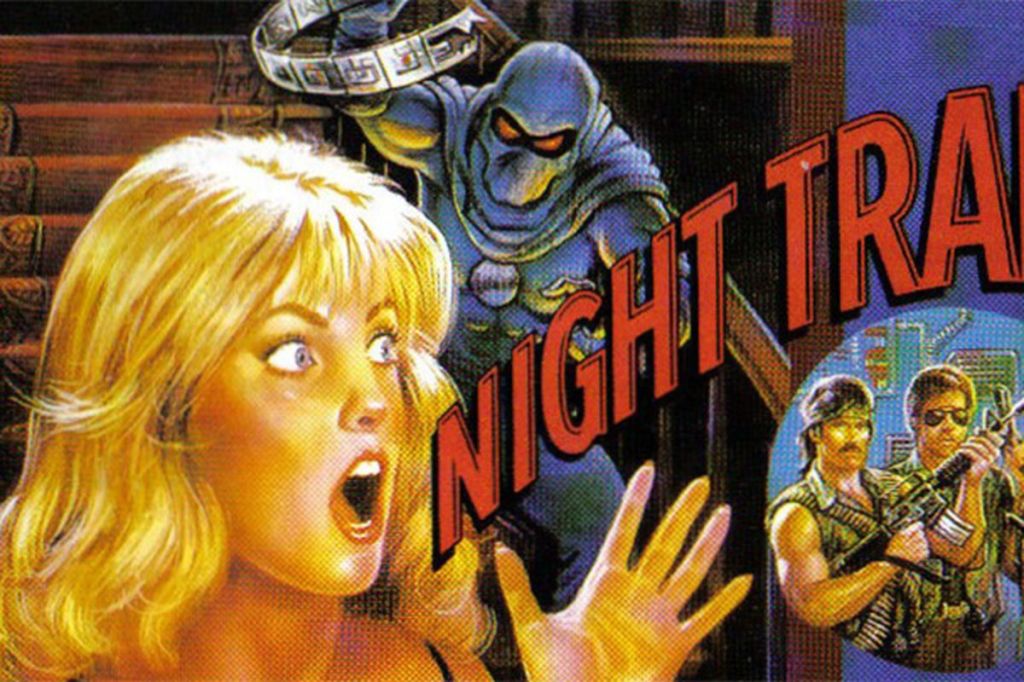
Thankfully for Sega, Sonics game could back up the bragging.
Truth be told, the Mega Drive was never much of a challenger to the Super Famicom in Japan.
On the other hand, the Mega Drive dominated the SNES in Europe.
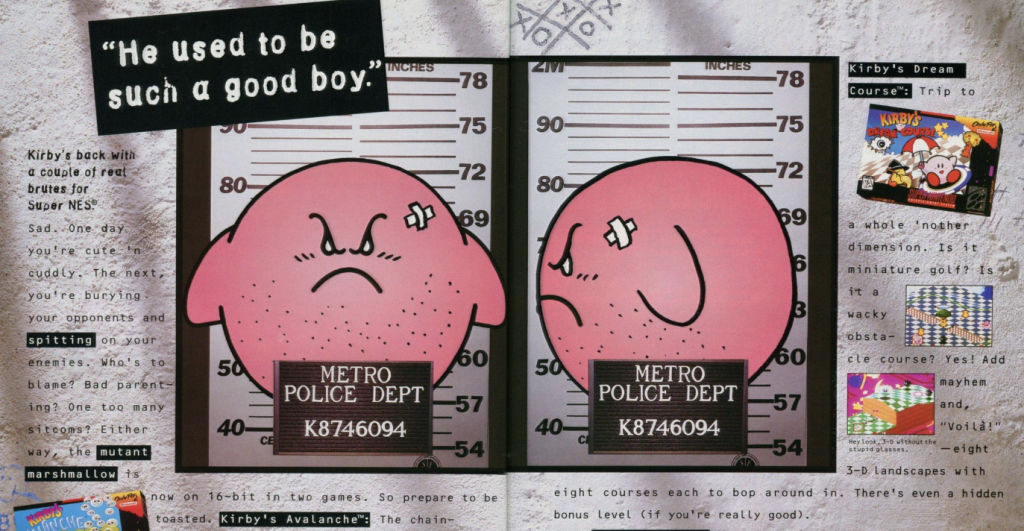
Its in North America where things got interesting.
Genesis does what Nintendont.
Welcome to the Next Level.
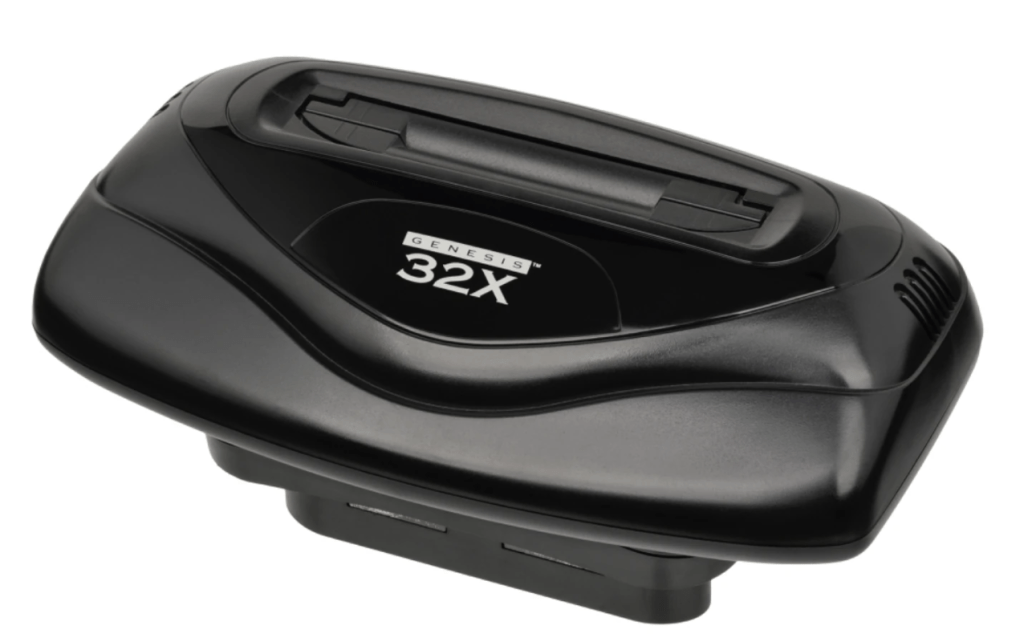
And of course, shoving the buzzword blast processing down everyones throat.
Between April and the first day of September 1992, SNES released some absolute bangers in North America.
That is an INSANE lineup of games to come out in only a few months.
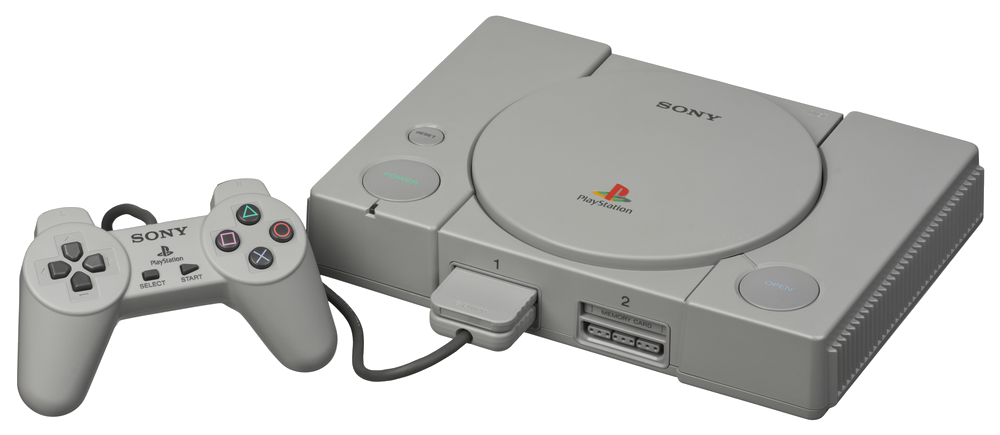
The three third-party games on that list are unique in how they relate to their Genesis counterparts.
Genesis had anAlien Warssequel that came out a full two years later.
This Genesis attachment allowed for more storage and the ability to do full-motion video.
The Sega CD had some decent games, was not the runaway success Sega hoped for.
This includedNight Trap, which would become a notable release for reasons well get to later.
Sonic 2sDay Shakes Up the Status Quo
Of course there was aSonicsequel.
Knowing they had a real hit on their hands, Sega wanted the release to matter.
Back then, games didnt have much in terms of strict street dates.
They simply rolled out to stores and were put on the shelf whenever.
Sonic the Hedgehog 2 did more than that and set a major trend in the process.
Hell, the sequel sold over five times as many as the original pack-in gameAltered Beast!
GenesisJurassic Parkhad anin-your-face commercialthat explained how that version allowed you to play as a velociraptor.
You cant compete with that.
The two big talking point games here wereMortal KombatandNight Trap.
In the aftermath of these hearings, the Entertainment Software Ratings Board was formed.
It sold very well, though maybe not an epic all-timer for either console.
Third-party titles were getting less different between the two consoles, and Genesis advantage was starting to fade.
Not only that, but Nintendo started aping Segas marketing with their Play It Loud campaign.
!, and most importantlyDonkey Kong Country.
They had plenty of gas in the tank.
Sega wasnt outright dying, but they had little helping them stick out other than maybeSonic 3D Blast.
They had some solid titles for sure, butComix ZoneandVectormanwerent exactly setting the world on fire.
Time was running out for Genesis.
For Nintendo, it was the Virtual Boy.
It lasted a year before Nintendo wrote it off completely.
In late 1994, Sega released the 32X: an add-on to the Genesis that allowed for 32-bit cartridges.
As for Nintendo, they made some…interesting decisions with the Nintendo 64 and GameCube.
Both consoles did respectable numbers, but they were nowhere near the top of the ladder.
The arrival of Microsofts Xbox even dropped Nintendo into third place!
Sega had to wrap it up.
No more consoles for them.
They peaked with Genesis, which ultimately had a muddy ending and a flat denouement.
Yes, thats right.
Howard Lincoln lied under oath.
Not only that, but the ESRB gave it a Teen rating anyway!
Oh, Howard.Nester would be so disappointed in you.
When the dust settled in the mid-90s, the Super NES sold more units than the Genesis.
But it feels wrong to call Sega the loser.
As for Nintendo, they too came out of the war with a reputation.